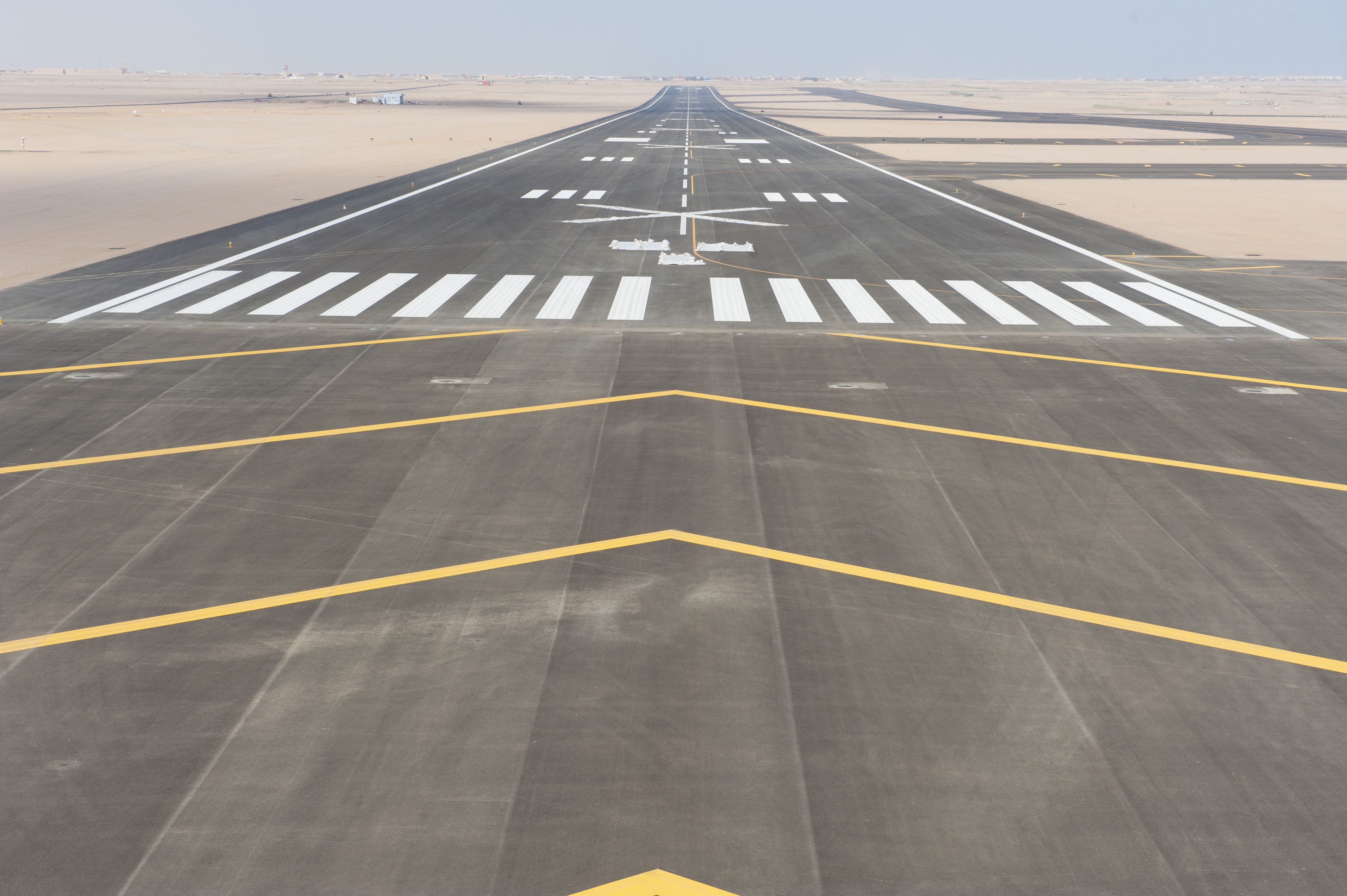For years, the aviation industry has conducted runway and taxiway inspections at airports to reduce the risk of incidents and, in some cases, fatal accidents during aircraft takeoffs and landings.
Indeed, Foreign Object Damage (FOD) on the runway has been the cause of several aviation accidents throughout history, of which the most renowned is likely Air France Flight 4590.
This tragedy occurred when a Concorde taking off from Paris Charles de Gaulle Airport (CDG) ran over a piece of metal that had detached from another aircraft. The tire rupture of Concorde caused a loss of control, resulting in a crash into a hotel.
So, how do airports carry out runway inspections to prevent such events from happening again? Let us delve further into this topic to better understand the measures taken to ensure safe operations.
How does it work?
Airports' functionality and safety depend on regular maintenance, similar to aircraft. This involves routine cleaning and clearing of runways, taxiways, and parking stands to remove any obstructions that may be present.
No matter how small or large, all airports worldwide have teams of inspectors that regularly check runways and taxiways for any potential object or damage.
Everything starts with gaining permission to access the runway from the airport's Air Traffic Controller (ATC). Consequently, after acquiring the ATC approval to access the runway, inspectors must remain in radio contact with ATC and start their inspections by taking into consideration multiple factors, including:
- All runway markings and signage
- Loose materials or any other potential hazard
- All airfield lighting and any signs of damage
- All paved areas and Foreign Object Damage (FOD)
- Pro-active bird control
- Chemical or oil spillage
- Always be on the lookout for aircraft
It is worth noting that special attention should be made to any areas where contractors have been working to ensure that they are clear of all materials and equipment.
Following the regulations set forth by the US Federal Aviation Administration (FAA), "runways are best inspected by driving along both sides of the runway, while a pass in each direction on all taxiways is a good practice to inspect signs from both directions."
The FAA regulations also indicated that,
"Due to the width of a runway and the runway strip, a more effective inspection can be conducted by having the vehicle operator drive along both sides of the runway. The vehicle's speed should be slow enough for the Inspector to conduct an effective inspection."
After the inspection, if there is any problem, inspectors must photograph and document the issues on the checklist. Meanwhile, if there is a FOD, it must be immediately picked up and removed from the runway or taxiway.
Frequency of inspections
At airports such as New York John F. Kennedy International Airport (JFK), an aircraft would land and take off every minute on average. With this traffic volume, it is impossible to physically check the runway each time a plane uses it.
Nevertheless, runway inspections occur daily and depending on the ongoing weather conditions. For example, checks concerning FOD are usually undertaken within a minimum two-hour timescale.
Meanwhile, in the case of bad weather, surface conditions will be subject to reactive inspections (for example, in the event of an accident or incident) and when the weather occurs, according to Bournemouth Airport (BOH) runway and taxiway regulations.
According to BOH airport, the main inspection will be completed at the beginning and end of the day based on the time of year and weather conditions. All other inspections will be carried out at intervals of not greater than 30 minutes throughout the remainder of the day.
Although, it is worth noting that in addition to daily inspections, airports also conduct periodic runway and taxiway checks, such as monthly, six-monthly, and yearly inspections.
While grasslands can be seasonal, it bears emphasizing that grassland inspections occur at least once a month. These inspections involve cutting the grass surrounding the runway and airfield, with the aim of reducing the number of birds and other animals in the vicinity of the runway by keeping the grass length short.
Want answers to more key questions in aviation? Check out the rest of our guides here.



